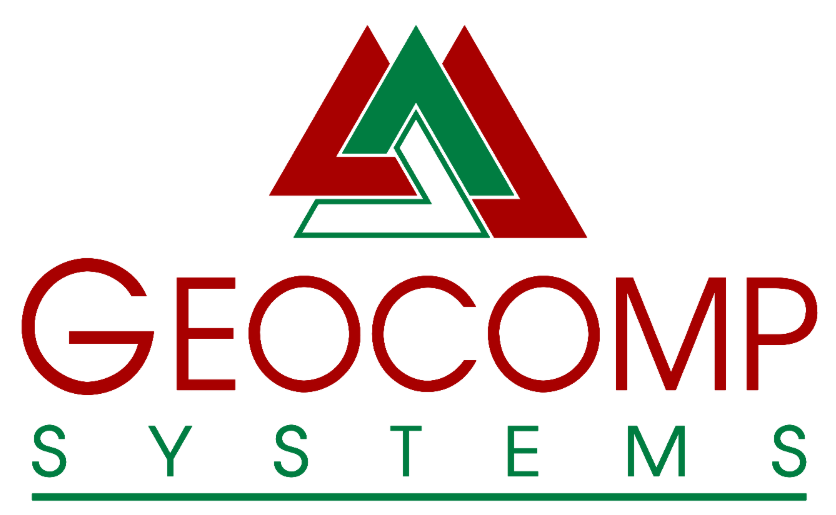Using Terramodel Raw Data Editor for Survey Control
Survey Control at the Viking Decline
Overview
Survey control at the Viking Decline near Zeehan, Tasmania has been maintained with the use of wall stations rather than the conventional roof station approach. Although wall stations have been used successfully in mines for a number of years, the widespread acceptance by surveyors of this approach has been limited.
As the surveyor responsible for the mining of the Viking Decline, I was anxious for a check survey, especially after the development progressed around two corners and out of sight of the portal. With this check I hoped to increase my confidence level of the use of wall stations as there are many advantages for this approach:
- There is no need for lifting gear to access the backs (roof)
- There is no need to wait for assistance of other workers
- The survey team needs less equipment to install wall stations than roof stations
- There is no need to work at heights
- The surveyor can set up anywhere convenient
- The stations are less vulnerable to destruction or obstruction
- We end up with many more stations than if they were in the backs – an advantage when stations are destroyed
- Station installation is faster and safer
- Every instrument setup provides a multitude of observations to add to an ever increasing data matrix
- Using least squares computation methods the confidence level of the survey data theoretically gets greater
The perceived disadvantages are:
- The survey instrument positioning is calculated using re-section theory. This was was once a tedious and complicated mathematical process. With the use of on-board instrument and calculator software this process is made virtually hassle free.
- Setting up on (or under) a previously surveyed point gives the surveyor a sense if logic and geometric understanding of the job at hand. The use of software positioning removes some of that level of personal confidence.
- This approach requires the use of sophisticated surveying software to complement the fieldwork.
Terramodel and the Raw Data Editor
Having been a Geocomp user since 1992, I first began using Terramodel in 1999. Gradually my knowledge and skill with Terramodel has increased to a point where I no longer pre-process everything in Geocomp.
It is very useful to be able to build up a control network and improve the quality of the data within that network during the course of a project. As with the placement of wall stations within a tunnel, each time a survey is conducted there are multiple observations made to as many stations as practical. This data is stored and downloaded to the Terramodel RDE and added to the previous data, thus building up a huge mathematical matrix of observations and tightening up the network.
Having heard of Terramodel users being frustrated by the RDE, I believe the solution is to:
- Read thoroughly the White Paper
- Give some time to get familiar with what the RDE is trying to do
- Try to understand the messages and warnings
- Study up on Least Squares theory as it applies to surveying
- Once familiar with the RDE, it is important to modify your approach to the fieldwork
For software as powerful as Terramodel RDE, an orderly approach is essential to the successful reduction of data
Check Survey
During the check survey of the Viking Decline, a total of 1778 observations with 276 unknowns were used to re-calculate the positions of all wall stations in the decline. Apart from the closed traverse performed on the day, I added all previous sets of observations performed during the mining of the decline, to the Terramodel RDE software thus providing a complete and comprehensive data set.
Results
- Traverse Length 1520.222m
- Closing Line Distance 0.016m
- Ratio 1:95,000
- Comparisons between marks A002 to A031 representing the two farthest apart, reliable marks in the decline.
Original Bearing 157°40’58.7″ H-Dist 370.191m V-Dist -64.851m After Check Bearing 157°40’56.9″ H-Dist 370.187m V-Dist -64.848m Difference Bearing 0°00’01.8″ H-Dist 0.004m V-Dist 0.003m
Conclusion
The results from this check survey have exceeded my most optimistic expectations and given me an exceptionally high degree of confidence in the surveying methods we have chosen.
A special mention is on order for Terramodel RDE as it provides an organised platform for a comprehensive least squares network.
Many thanks to the Geocomp Support team for their continued assistance.
Peter Diprose
Manager
Trigpoint Surveying
September 2004
See also using RDE for Monitoring Sydney’s dams by Stephen Rawling.
Peter describes surveying the nearby historic Abt Railway on page 4 of Dimensions 4-3.
